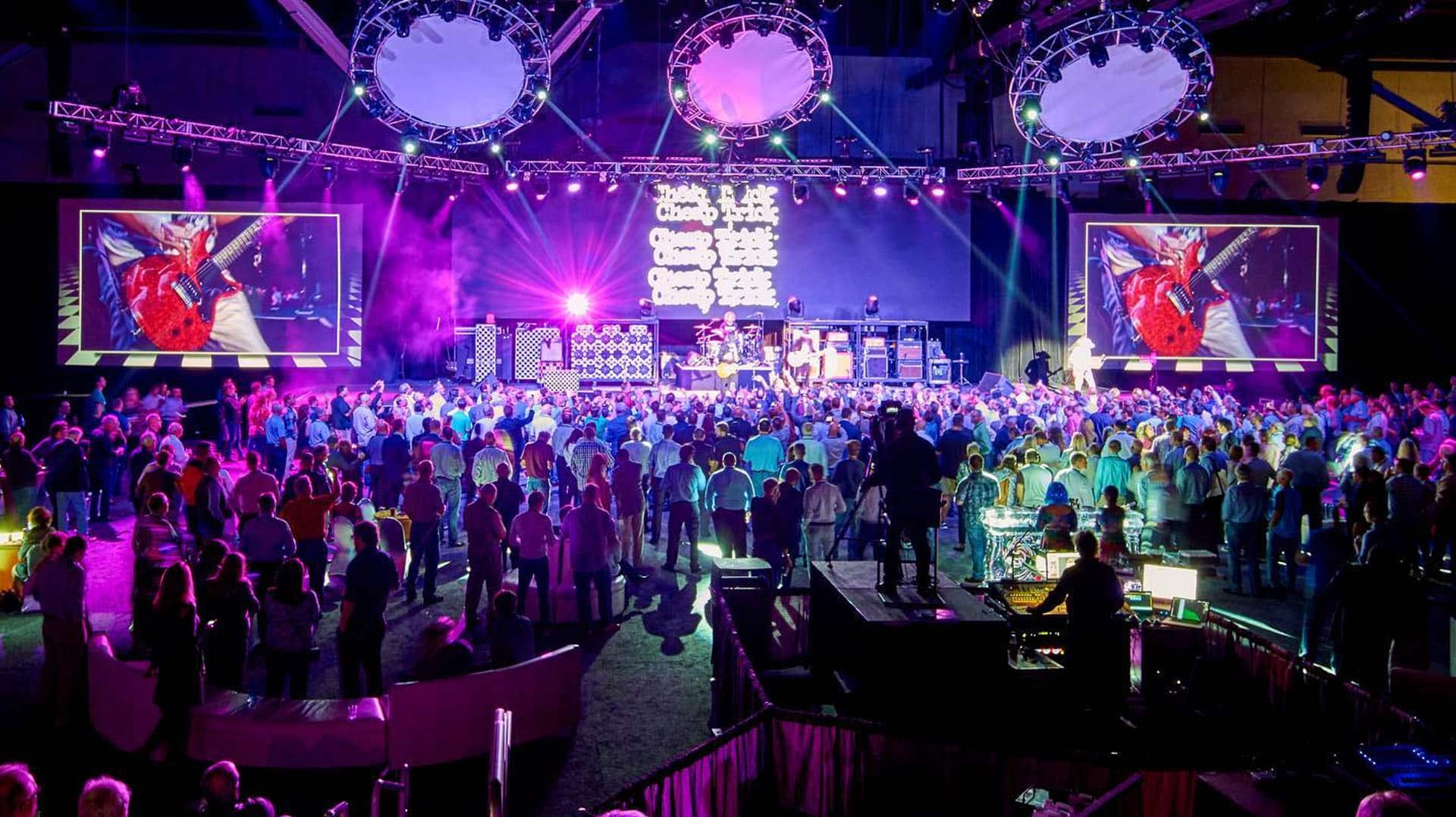Crucial Strategies for Maximizing the Durability of Your Light Emitting Diode Wall
Wiki Article
LED screens are growing increasingly widely used for multiple applications, from advertising to leisure. To ensure that these displays operate effectively over time, it is crucial to adopt strategies that maximize their durability. Understanding the elements that affect the longevity of LED walls can assist users maintain their functionality and prevent unnecessary substitutions.
One of the main elements that can extend the durability of an LED wall is proper setup. It is crucial to have a skilled team handle the installation process to guarantee all parts are properly connected. Inadequate setup can lead to electrical issues or physical damage. Additionally, the location of the Light Emitting Diode screen should consider surrounding conditions such as light exposure and moisture levels. A properly set up screen in a suitable site will reduce the risk of damage caused by external factors.

Regular upkeep is another key strategy to extend the lifespan of an LED wall. This includes regular checks to monitor for any signs of wear or malfunction. Dust and debris can build up on the top of the LED panels, affecting brightness and hue quality. Cleaning the displays with appropriate materials will help maintain ideal clarity. It is also important to check the electronics behind the display, ensuring that all connections are secure and that there are no heat issues, which can greatly reduce the lifespan of the components.
Power management plays a vital role in improving the lifespan of an Light Emitting Diode screen. Excess voltage or fluctuating power supply can damage the internal circuitry. To prevent this, using a high-quality electric supply and putting in place surge protection measures is advisable. Additionally, setting the display to operate at lower brightness levels when intense luminosity is not required can lessen stress on the lights. This not only prolongs the durability of the screen but also saves power, try this web-site making it a economical option.
In addition, program control can affect the functionality of Light Emitting Diode screens. Consistently refreshing the software that controls the screen ensures that it operates smoothly and incorporates any essential safety patches. Old software can result in functionality issues and may put the setup to risks. Proper timing of programming can also help in managing the workload of the screen, permitting it to idle during off-peak hours, which can aid to a greater lifespan.
In summary, maximizing the durability of an Light Emitting Diode wall involves a mix of appropriate installation, routine upkeep, effective electric management, and careful software management. By concentrating on these essential strategies, operators can guarantee that their LED displays stay functional and visually pleasing for many seasons. Implementing proactive measures will not only enhance the performance of the Light Emitting Diode wall but also offer a greater return on cost over the years.